Have you ever wondered just how much money does Montana make from tourism?
In this article, we take you on a journey through the economic impact of tourism in the Treasure State.
From the Institute for Tourism and Recreation Research to past analyses, the resounding message is clear: tourism stands as a vital economic powerhouse in Montana.
Today, we embark on a journey to explore the primary economic drivers of tourism in the state, from the iconic Yellowstone and Glacier National Parks to the adventure-rich landscapes of Big Sky Country.
We’ll delve into how Montana’s tourism industry measures up against other key sectors, unveiling its substantial economic impact.
- Related article: Montana’s Economy in Brief
Whether it’s the awe-inspiring landscapes, the world-class outdoor activities, or the chance to immerse yourself in the rich culture of the American West, Montana has something for everyone.
Are you ready to explore? Join us as we delve deeper into the economic contribution and tax generation that comes with the worldwide attention and nonresident spending in the Treasure State.
Montana Tourism by the Numbers
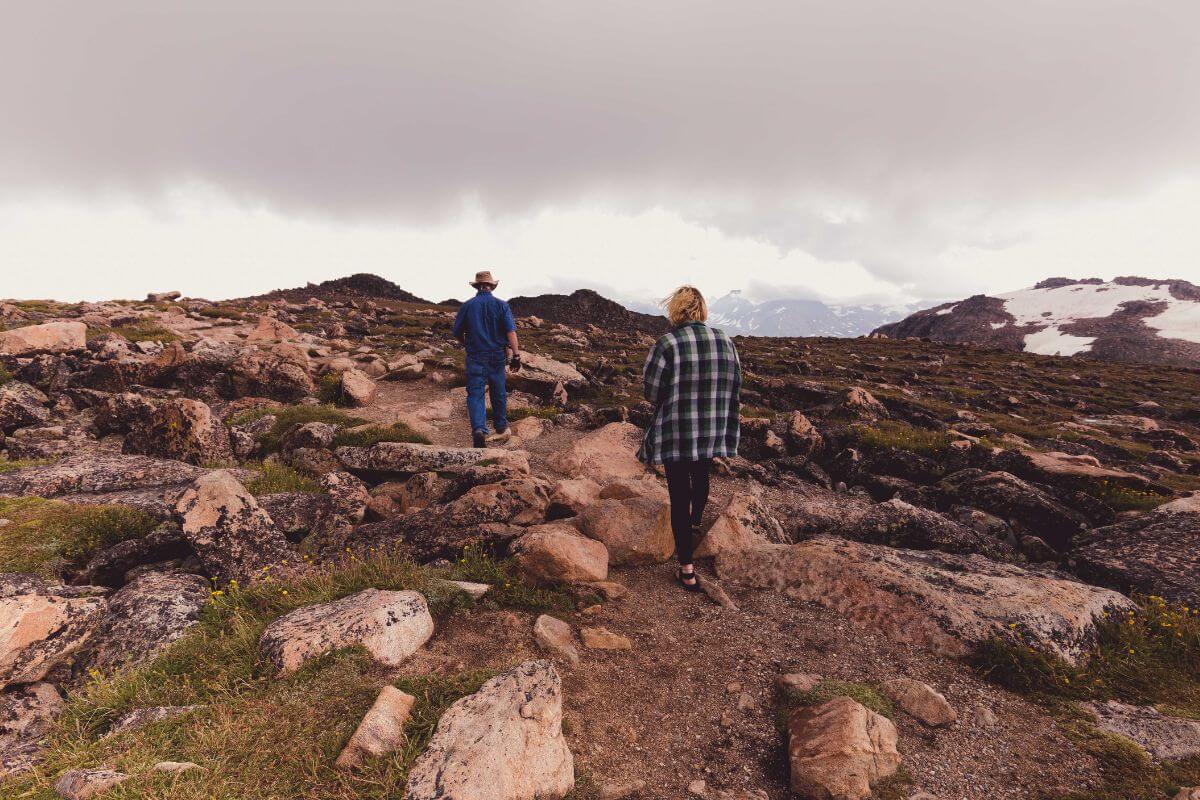
Montana’s tourism industry is not just a mere recreational activity. It’s an essential economic driver that fuels the state’s economy, job market, and local businesses.
This table shows the profound impacts of tourism spending on Montana’s economy and communities according to Brand MT.
| Economic Impact of Montana Tourism (2021) | Amount (in billions) |
| Nonresident Visitation | 12.522 |
| Nonresident Spending | $5.15 |
| Jobs Supported | 47,810 |
| Direct Salaries | $1.305 |
| State & Local Taxes | $387.84 |
| Total Contribution of Nonresident Travel Spending to Montana’s Economy (including indirect impact) | $7.56 |
The alignment of these figures with those from a previous analysis at pre-pandemic levels showcases the remarkable resilience of Montana’s tourism industry.
So, next time you find yourself venturing through the breathtaking landscapes of Montana, take a moment to appreciate the incredible impact of visitor spending on the state.
Montana Tourist Destinations and Their Economic Impact
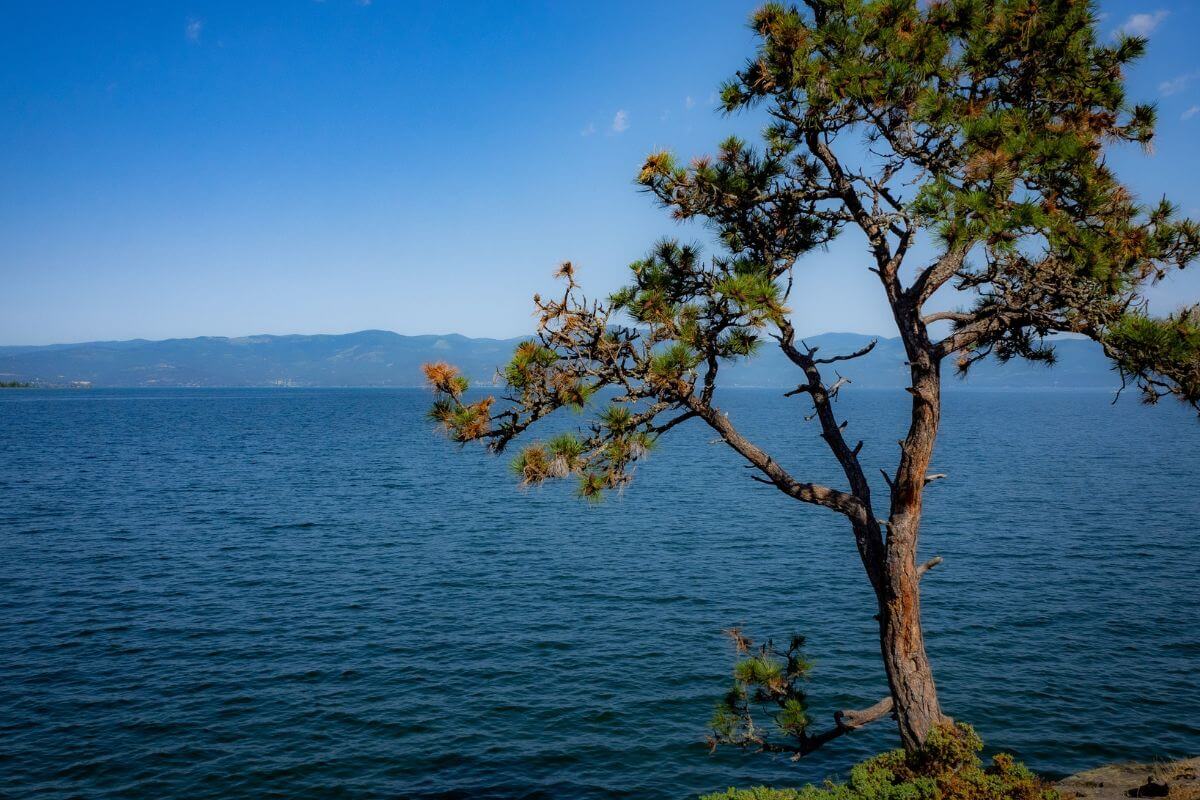
Montana’s economy thrives on a captivating array of natural attractions, from the majestic Glacier National Park to the serene beauty of Flathead Lake.
These enchanting destinations play a pivotal role in nurturing a healthy tourism industry for the state.
Yellowstone National Park
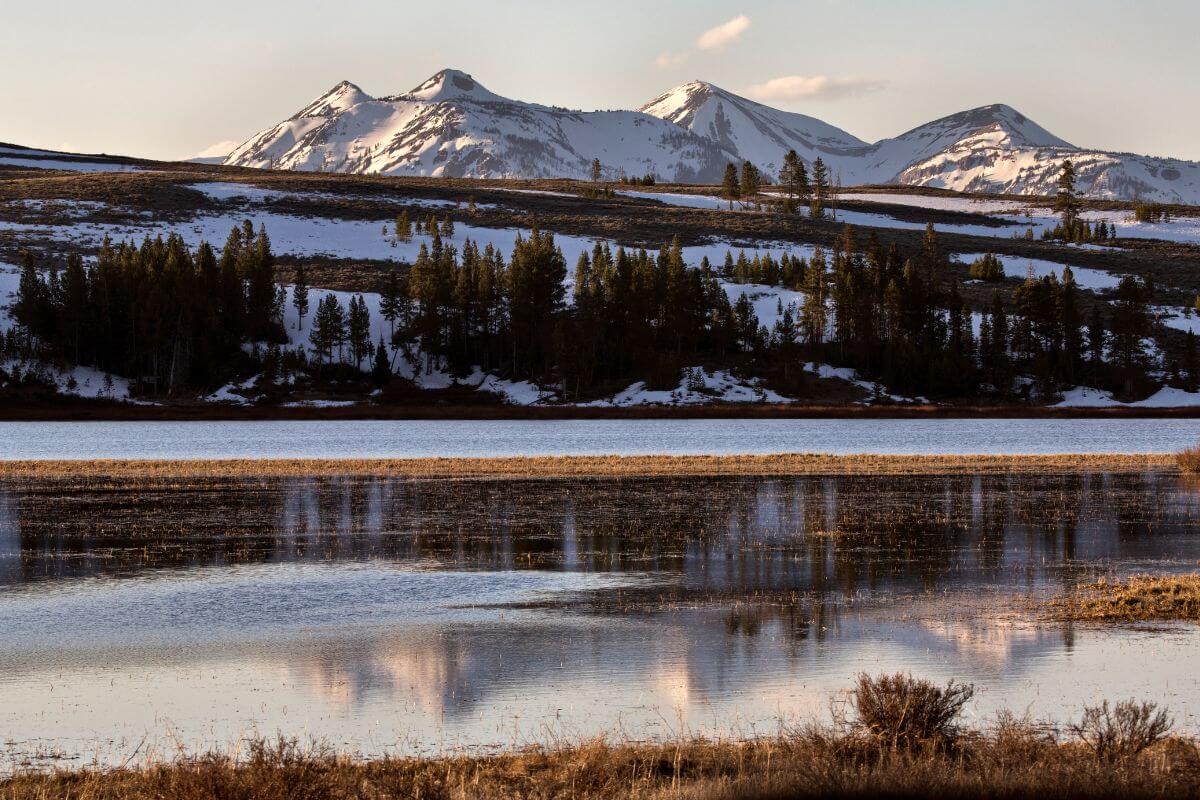
Yellowstone National Park in Montana is not just a breathtaking natural wonder; it is also a vital contributor to the state’s economy.
As one of the most popular tourist destinations in the country, the park generates a significant economic impact and plays a crucial role in driving tourism and related industries in the region.
In 2020, Yellowstone National Park welcomed 3.8 million visitors whose spending in communities near the park exceeded $444 million.
This spending had a significant effect on the local economy, supporting 6,110 jobs in the surrounding area and contributing to a cumulative benefit of $560 million.
Nationally, more than 237 million park visitors in communities within 60 miles of a national park spent a total of $14.5 billion, resulting in a substantial economic impact.
Out of these jobs supported by visitor spending, 194,400 positions were found in gateway communities near Yellowstone National Park.
The cumulative benefit to the U.S. economy from visitor spending in these communities reached an impressive $28.6 billion.
Analyzing the economics of visitor spending on Yellowstone National Park, the lodging sector demonstrated the highest direct effects, contributing $5 billion in economic output.
The restaurant sector ranked second with $3 billion in economic output.
Visitor spending on lodging provided more than 43,100 jobs, and in the restaurant sector, it supported over 45,900 jobs.
Additionally, visitor spending in the recreation industries created more than 18,100 jobs, while spending in retail supported over 14,300 jobs.
Yellowstone National Park’s significant economic impact is evident not only on a national scale but also in the local communities near the park.
It shows how vital its role is in sustaining jobs and contributing to the growth and prosperity of Montana’s economy.
Glacier National Park
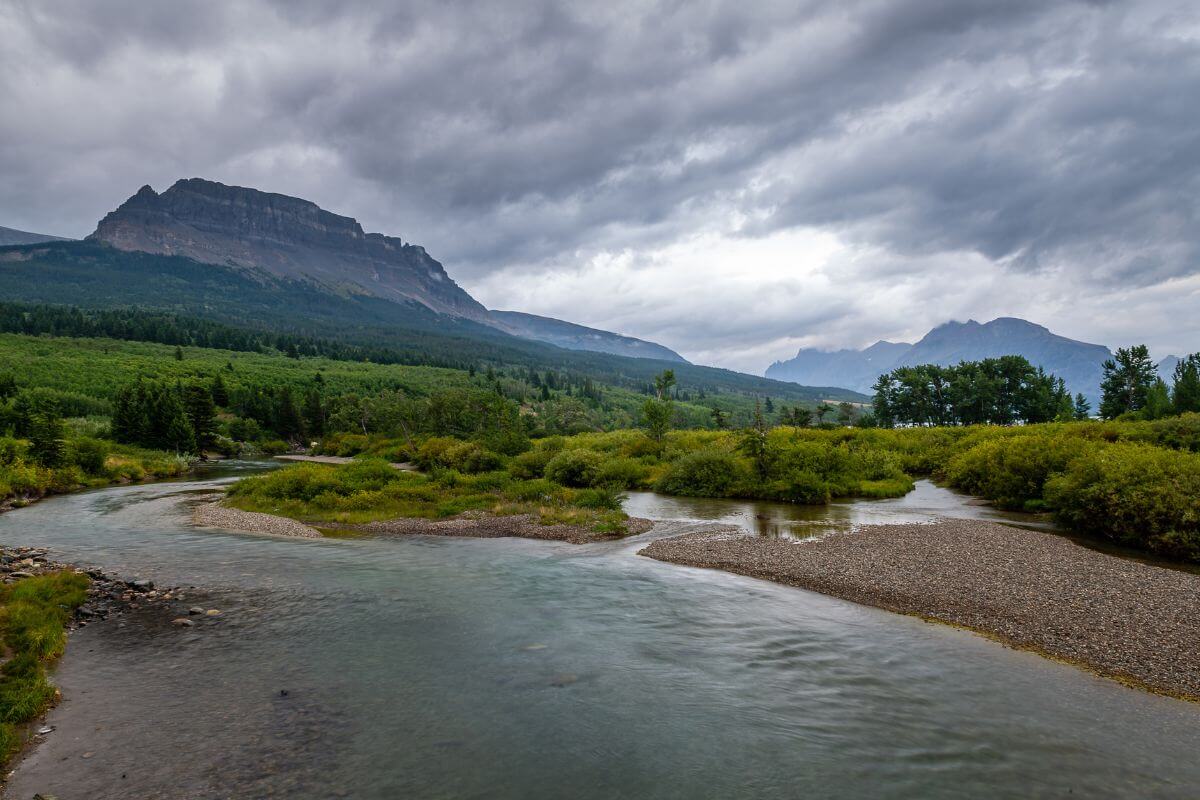
Glacier National Park holds a special place in the heart of Montana’s tourism industry, with its magnificent landscapes and breathtaking views.
The park’s economic impact is undeniable, attracting a worldwide audience while boosting the appeal of the surrounding Glacier Country.
In 2018, Glacier National Park attracted 3 million visitors who collectively spent $344 million in communities near the park.
Nonresident traveler spending played a pivotal role in supporting 5,230 jobs in the local area and had a cumulative benefit to the local economy amounting to $484 million.
The direct spending by over 318 million park visitors in communities within 60 miles of a national park totaled a significant $20.2 billion.
Nationally, this spending contributed to the creation of 329,000 jobs, with 268,000 of these jobs being located in the gateway communities. The cumulative benefit of visitor spending to the American economy reached an impressive $40.1 billion.
In 2018, lodging expenses accounted for the largest share of visitor spending in and around Glacier National Park, with about $141 million spent.
The second largest spending area was food expenses, with visitors spending about $55 million locally and $4 billion nationally in restaurants and bars.
Additionally, visitors spent $20.7 million locally and $1.4 billion nationally at grocery and convenience stores.
Visitor spending on lodging supported more than 58,000 jobs nationally and 1,510 jobs locally, while restaurant spending created over 61,000 jobs nationally and 963 jobs locally.
The recreation industries also benefited, supporting over 28,000 jobs nationally and 307 jobs locally, while spending in retail supported more than 20,000 jobs nationally and 312 jobs in the local area.
The data underscores Glacier National Park’s significant economic impact on Montana, evident through visitor spending, job creation, and the overall growth and prosperity of the local and state economies.
Big Sky
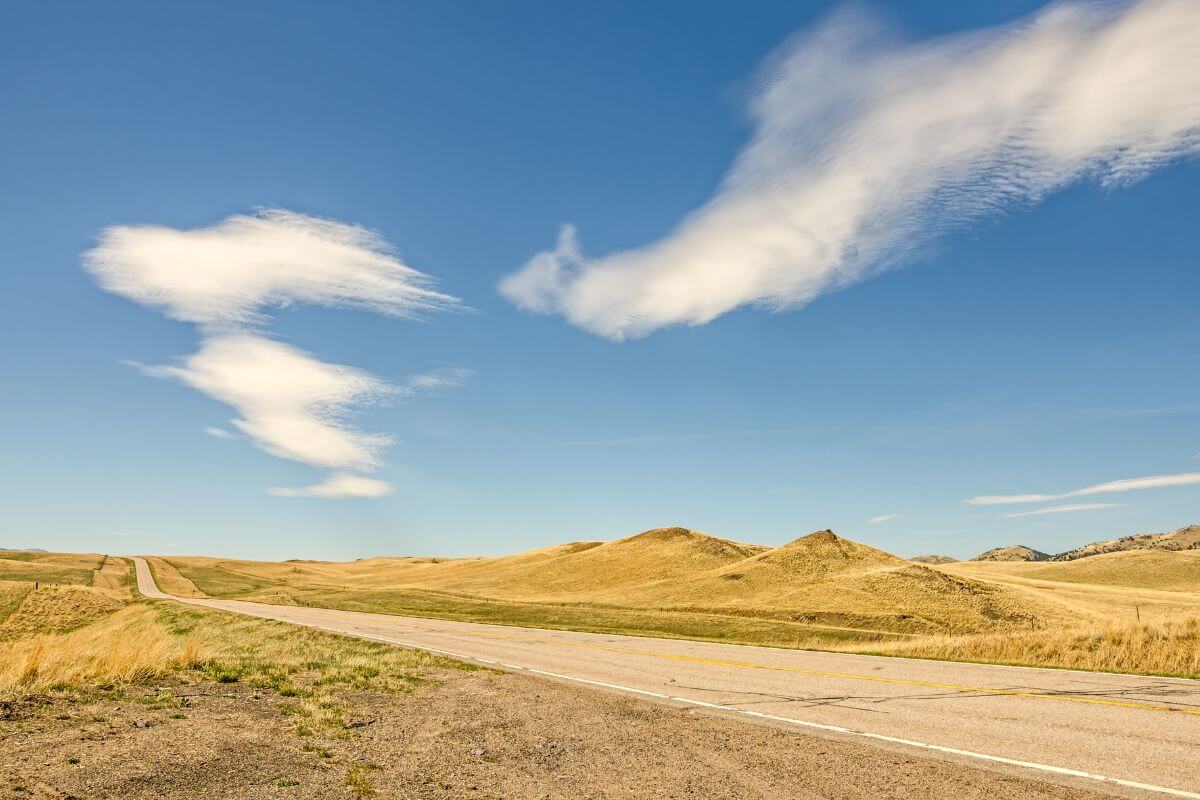
Big Sky sets itself apart as an unincorporated, census-designated place (CDP) that spans two Montana counties, Gallatin and Madison.
The region’s tourism industry is thriving, with a notable 90% increase in resort tax collections from 2009 to 2019.
A significant factor adding to this success is the presence of Big Sky Resort.
As one of the most famous attractions in the area, the resort plays a crucial role by contributing a substantial portion of the 43% of funds collected across the state’s ten resort tax communities.
Furthermore, Gallatin County, where Bozeman Yellowstone International Airport (BZN) is located, stands out as the top-ranking county in Montana for nonresident spending, with a total of $659,981,000 spent in the area in 2019.
As the state’s busiest airport, BZN plays a crucial role by offering 17 direct flights from 14 states and serving as a major access point for 30% of passengers traveling to and from Montana.
Big Sky’s strategic location as a gateway community to Yellowstone National Park draws a considerable number of tourists, estimated at 1.7 million annually, who visit the park.
Fueled by the appeal of attractions like Big Sky Resort and the substantial nonresident spending in Gallatin County, Big Sky continues to make an undeniable impact on Montana’s thriving economy.
Flathead Lake
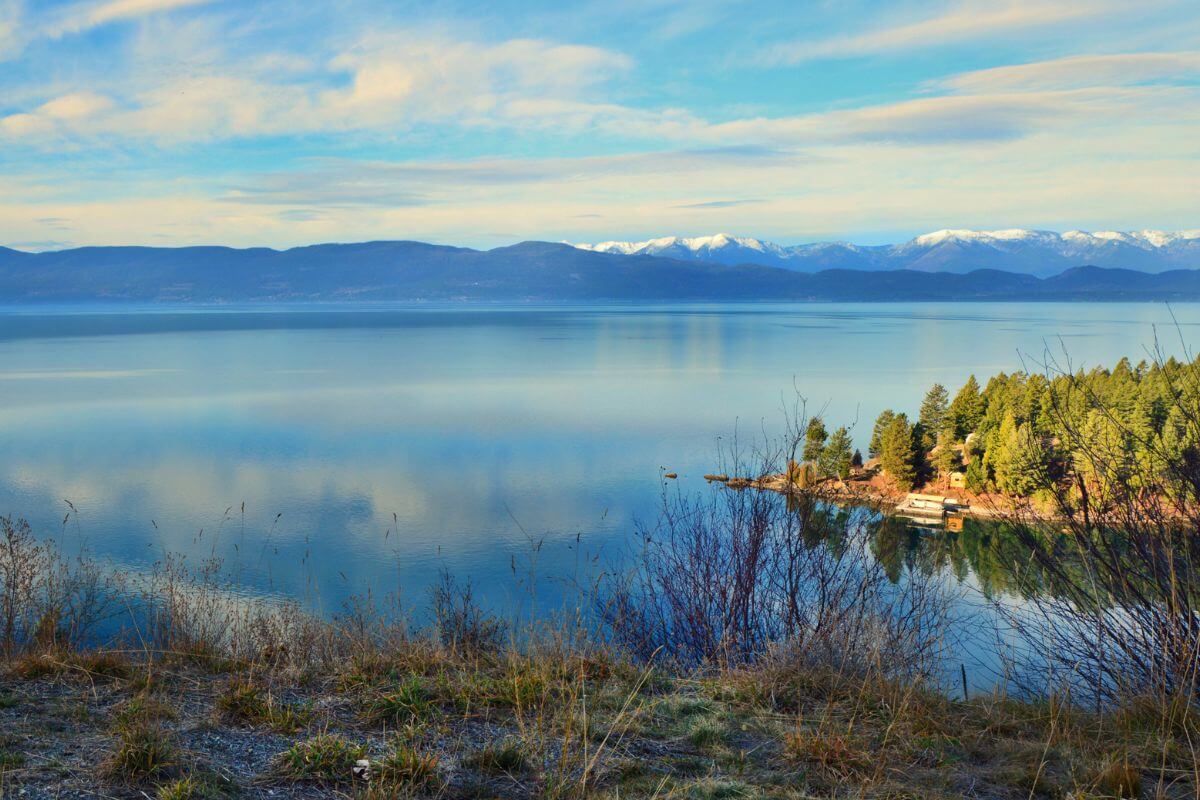
Montanans value Flathead Lake for its outdoor recreational opportunities, recognizing its role in supporting jobs, diversifying the economy, and attracting new businesses to the state.
One significant contribution of Flathead Lake to the local economy comes from nonresident visitor spending.
Over the past six years, nonresident visitor spending has been a major driving force, accounting for 20% of the local economy’s earnings, while the service sector follows closely behind at 14%.
The economic impact of nonresident spending in Flathead County in 2015 amounted to $598 million, illustrating the importance of tourism and visitor expenditures in the area.
This nonresident spending, in turn, stimulated a total economic activity of $705 million, showcasing the ripple effect of tourism across a wide spectrum of industries within the local economy.
This economic activity contributed to the creation of 9,560 jobs, providing employment opportunities and livelihoods for the local workforce.
Additionally, state and local taxes generated from the economic activity amounted to $30 million, further supporting local infrastructure and public services.
Flathead Lake and its surrounding areas also attract businesses seeking to provide their employees with a high quality of life and access to natural amenities.
Industries like gunsmith companies have chosen to locate in the valley due to its mountains, clean air, and abundant wildlife.
The region’s diverse economy, including fields such as healthcare, technology, legal, engineering, and architecture, also attracts highly skilled labor and helps stabilize the economy against future downturns.
The real estate surrounding Flathead Lake plays a significant role in the local economy. Some visitors choose to relocate permanently, while others invest in second homes.
This supports the construction industry in Flathead County, while homes adjacent to the lake or with lake views are valued higher than other properties.
The premium attributed to Flathead Lake’s influence on adjacent real estate is estimated at approximately $6 to $8 billion, leading to higher property taxes that significantly benefit the county’s financial resources.
Flathead Lake’s contributions to the local economy are multi-faceted, with nonresident spending, business attraction, high-end real estate, and associated economic impacts playing pivotal roles in fostering economic prosperity in Flathead County.
Montana Tourism Challenges

Montana’s tourism industry, while vibrant and economically significant, faces several challenges that require attention and strategic planning.
From the impact of high gas prices to the challenges posed by flooding at Yellowstone and Flathead, this list outlines the key obstacles that tourism stakeholders in the state must navigate to ensure a sustainable and thriving tourism sector.
- Impact of High Gas Prices – High gas prices may deter some potential visitors from traveling to Montana by car, affecting their travel plans and expenses.
- Flooding at Yellowstone and Flathead – Flooding incidents in Yellowstone and Flathead regions can disrupt tourist activities and accessibility to certain areas, leading to trip cancellations and potentially affecting visitor numbers.
- Uncertainty About Gas Prices – The fluctuating nature of gas prices creates uncertainty for tourists, making it challenging to predict how it will impact travel decisions and the willingness of visitors to travel long distances to the state.
- Capacity Constraints – Some areas of Montana, particularly in the western part of the state, experienced maximum capacity due to high tourist numbers, which can lead to overcrowding and strain on local infrastructure.
- Seasonal Tourism – Attracting visitors during off-peak periods can be challenging, as the state’s tourism industry may heavily depend on seasonal influxes of tourists during peak times.
Despite these negative impacts, Montana’s tourism industry has shown resilience and continues to attract visitors eager to explore the state’s scenic beauty and attractions.
Monitoring the impact of gas prices and addressing the effects of flooding in key tourist destinations will be crucial to maintaining the state’s thriving tourism sector.
Montana Tourism vs Other Industries

The state’s tourism industry is an awe-inspiring force that brings significant economic impact both locally and nationally.
While other key industries in Montana like agriculture and mining have been longstanding pillars of Montana’s economy, tourism brings unique and diverse benefits.
The fertile lands and favorable climate make agriculture a major revenue generator, while the state’s rich natural resources contribute significantly to mining output.
Although visitor spending may not surpass that of agriculture or mining, the ripple effect of tourism cannot be ignored.
The Montana tourism industry’s diversification and multiplier effects extend to various sectors, creating employment opportunities and generating tax revenues that benefit the entire community.
From hotels and restaurants to outdoor recreation and guided tours, tourism brings vibrancy and economic opportunity.
Montana’s breathtaking landscapes, including Yellowstone and Glacier National Parks and Flathead Lake, attract visitors from all over the world.
The tourism economy receives additional boosts from film production spending and nonresident travel, further contributing to its wide-ranging impact.
While tourism may not be the leading revenue generator in Montana, it plays a crucial role in the state’s economic landscape.
The positive outcomes, from job opportunities to tax generation, contribute to the state’s well-being, complementing the contributions of agriculture and mining.
Montana’s tourism industry not only showcases the state’s beauty and adventure to a global audience but also sustains a steady stream of economic activity that benefits all.
Montana Tourism Final Thoughts
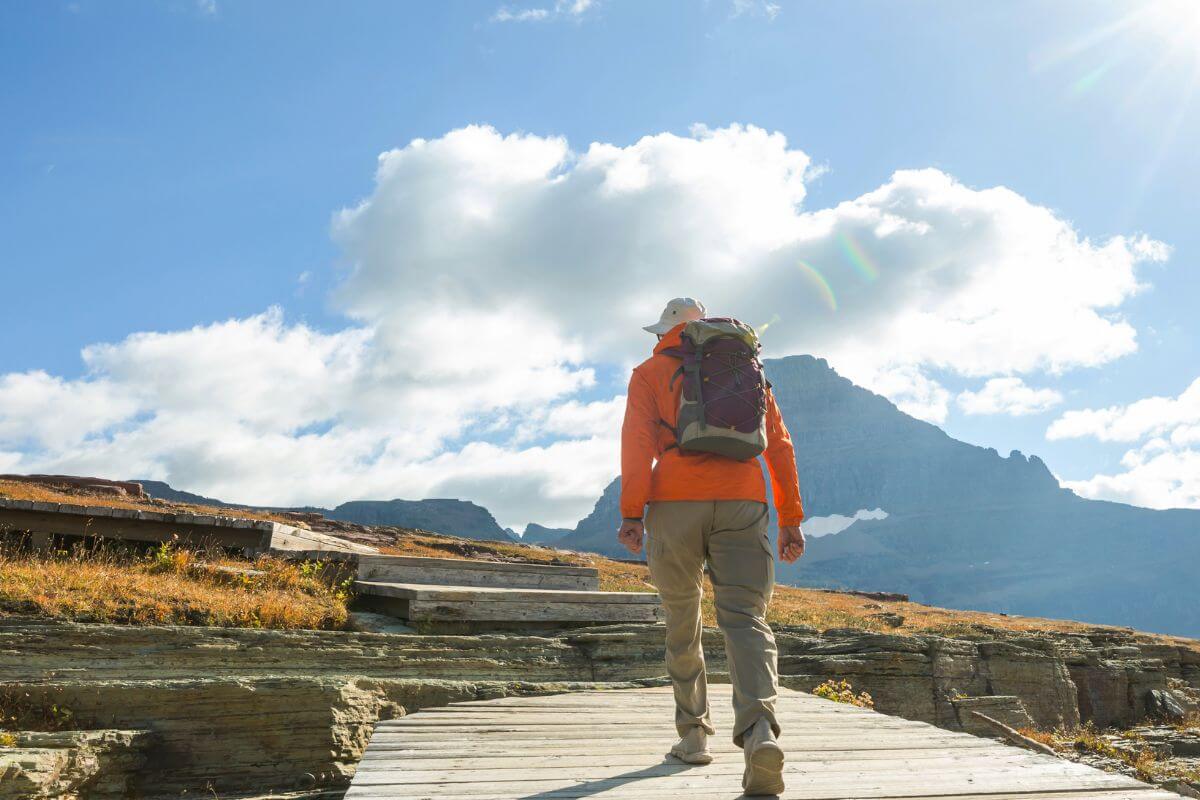
The economic significance of Montana’s tourism industry becomes apparent, as it complements key sectors like agriculture and mining.
- Read more about Montana’s Agricultural Sector
As a result, it provides a steady flow of annual traveler spending that extends its impact beyond the tourism sector alone.
However, recognizing the industry’s vulnerability to external factors underscores the importance of building resilience and developing strategies to mitigate fluctuations in revenue.
To bolster tourism revenue, Montana should focus on a comprehensive approach that combines efforts to attract nonresident travelers, promote the state’s film industry, and enhance infrastructure and services in popular tourist destinations.
By capitalizing on strategic opportunities and prioritizing sustainability, the state can maximize the benefits of its thriving tourism industry, bolstering the overall economic well-being of Montana.
Montana Tourism FAQs
1. How Many Tourists Visit Montana?
According to a study conducted by the University of Montana Institute for Tourism and Recreation Research, the state received over 12 million tourist visits in 2021.
These visitors primarily consisted of out-of-state travelers, with Montana being particularly popular among tourists from states like California, Texas, Washington, and Oregon.
2. Has Montana Tourism Increased?
According to the Institute for Tourism and Recreation Research, the answer is a resounding yes. In the years leading up to the pandemic, Montana experienced a steady rise in tourism.
From 2016 to 2021, the state saw a remarkable increase in visitor spending, reaching an all-time high of $5.15 billion in 2021.
3. How Big Is Montana Tourism?
Montana tourism has been steadily growing over the years, but the latest data has revealed an incredible surge in the number of out-of-state visitors this year.
A whopping 12.5 million tourists have flocked to Montana, bringing with them an estimated $5.15 billion in tourist spending. That’s no small change!
4. What Is the Best Time of the Year to Visit Montana?
When it comes to visiting Montana, timing is key.
June and July are prime months for tourists, especially for those seeking the breathtaking beauty of national parks like Glacier and Yellowstone.
These parks are in their peak season during these months, drawing in visitors from all over the world.
5. What Is Montana Best Known For?
Montana, renowned as the “Treasure State,” owes its fame to its captivating natural beauty, diverse wildlife, and rich abundance of mineral resources.
The iconic Rocky Mountains and Yellowstone National Park stand out as two of the state’s most celebrated attractions.
If you’re eager to experience the wonders of Montana, stay informed with these captivating articles:
- Favorite Montana Brands
- Montana’s Oil Resources
- Montana’s Riches
- Montana’s GDP per Person
- Primary Montana Production
- https://www.nps.gov/glac/index.htm
- https://www.nps.gov/yell/index.htm
- https://brand.mt.gov/_shared/Office-of-Tourism/docs/Fast-Facts-Funding-20B.pdf
- https://www.montana.edu/hhd/
- https://agriculture.montana.edu/
- https://brand.mt.gov/Programs/Office-Of-Tourism/
- https://www.montana.edu/extension/agimpact/

